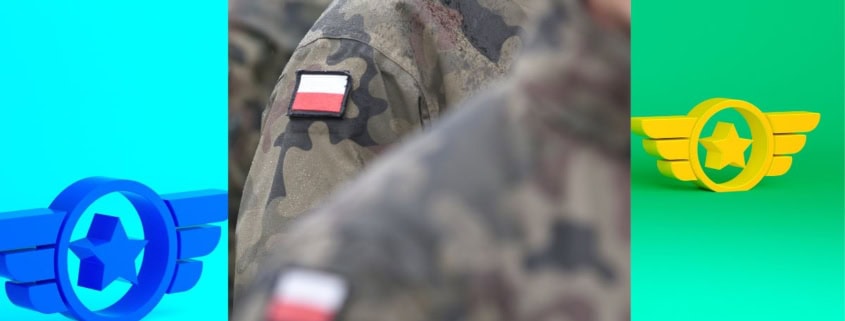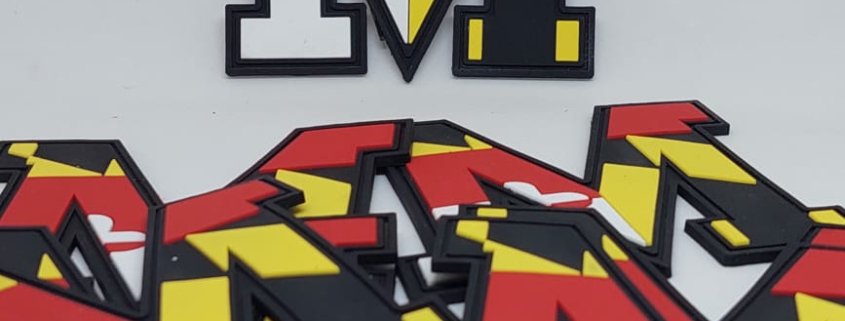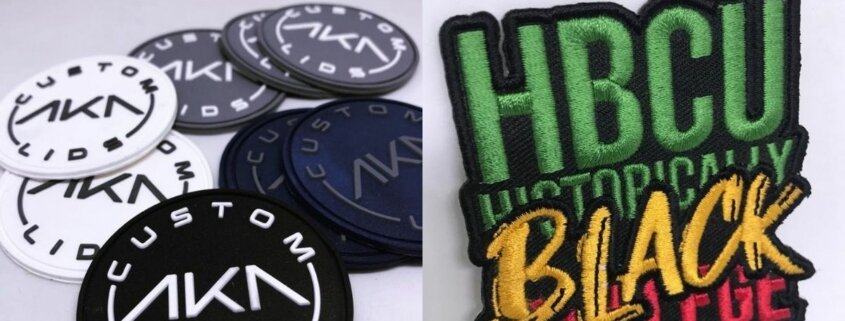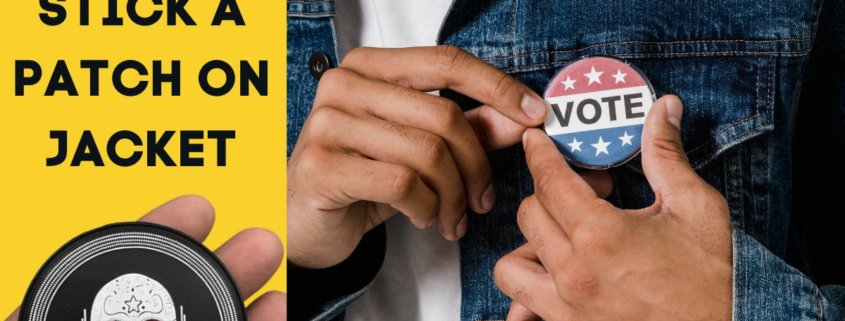Why PVC Patches Are Rubber Made – Flexibility & Durability
in Custom Patches, PVC Patches, Rubber MaterialHave you ever thought about making and finishing the PVC patch? Like me, I think about why types of rubber are the go-to choices as material for Pvc patches. Above all, I realized that the labels of garment items are soft to the touch, while I felt that deep-designing logos for 3D are always sturdy. Well, I have concluded some points after checking and rechecking that I would love to share with you inside this blog.
The unique properties of Pvc patches feature many other benefits, but we will focus on 2 key properties, which are durability and flexibility.
I will break down these two key features under the 3 justified headline makers of Pvc patches characteristics. Let’s begin with the properties of rubber itself.
1. Unique Properties of Rubber
What makes rubber such an intriguing material for PVC patches?
First off, rubber offers incredible flexibility, allowing patches to conform to various surfaces without losing their shape. You’ll appreciate how it can withstand bending and twisting, making it perfect for wear on clothing or accessories.
Its waterproof nature means you won’t have to worry about damage from rain or spills. Definitely, a choice of long-run use.
Additionally, rubber can be easily coloured and molded into intricate designs, providing endless customization for morale and security badges.
2. Vibrant Colors and Designs
Buying PVC patches made from rubber means not only durability but also meeting a vast range of vibrant colours.
The colour saturation is impressive, making your patches stand out in any setting. Rubber-made patches come in a wide range of hues, allowing you to customize your gear or apparel to match your style or brand.
They are easy to input 3D effects. Since the colours of rubber patches are liquid form, they offer a wide hand to inject too complex moulds, ensuring that your patches are eye-catching and memorable. Plus, the rubber material retains its color over time, so you won’t have to worry about fading.
3. Manufacturing Process (Quick Overview)
The manufacturing process for PVC patches involves several key steps that bring your vibrant designs to life.
First, you create a digital design, which serves as the blueprint for your patch. Next, a mold is made to shape the PVC into your desired form.
Once the mold is ready, you mix the PVC compound and inject it into the mold under heat each color one by one from top to back. This means top colours come on the front, filling each element of the design in reverse pyramid.
After cooling and solidifying, the patches are removed from the mold. Finally, any finishing touches, like adding backing or sewing options, are applied.
Final Thought
PVC patches have become a popular choice for various applications due to their flexibility and durability. These two qualities make rubber-made Pvc patches top seller themes on the dashboard of the custom patches range.
The flexibility of rubber in fashion industry, apparel designing, and clothing manufacturing is known, hence, patches made of rubber add unique designs to jackets, bags, and hats.
They’re perfect for sports teams, allowing custom logos on uniforms and gear. The durability factor of Pvc patches makes it the hot choice for designers making sporting jerseys, trousers and another item.

 Custom Patches Mania
Custom Patches Mania
 Patches Mania
Patches Mania


